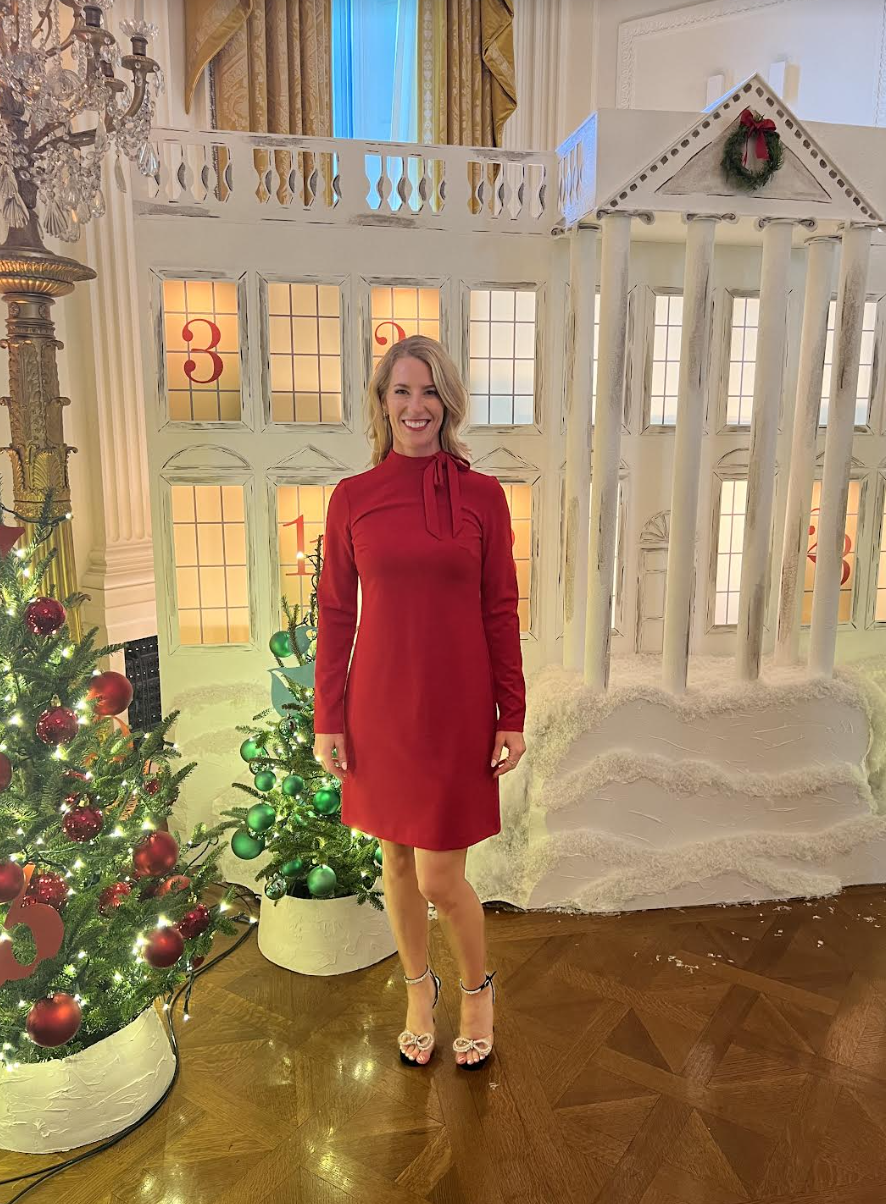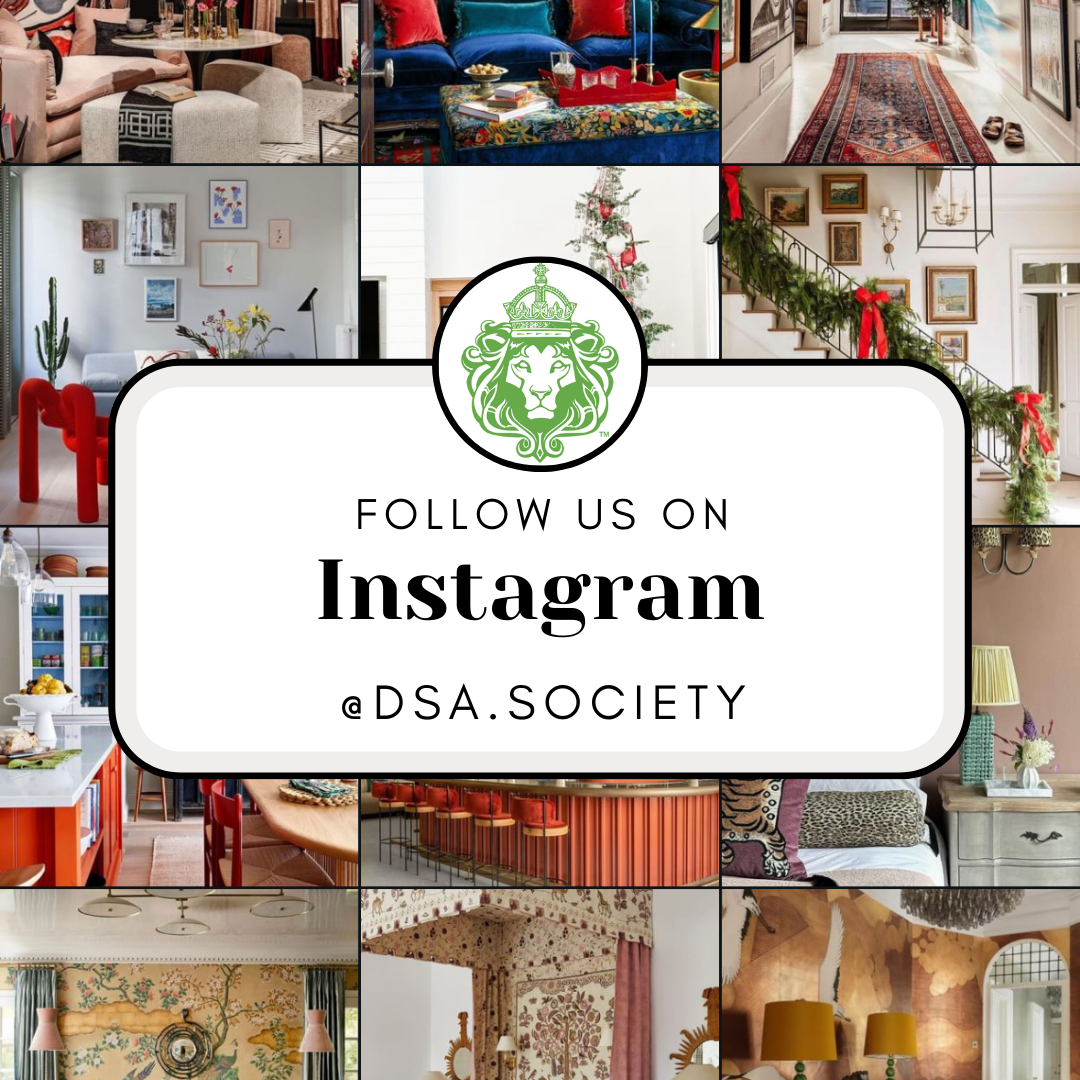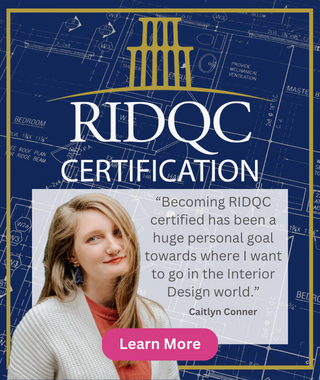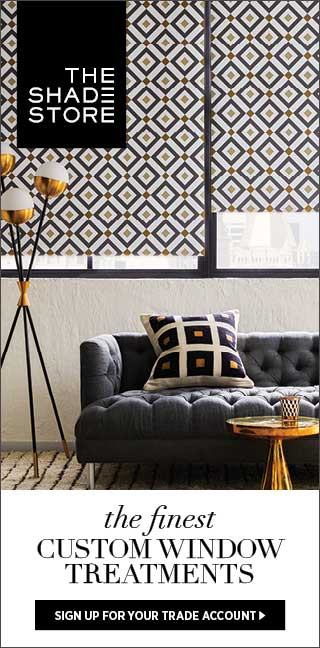In August, Jana Donohoe, founder of Jana Donohoe Designs in Denver, was contacted regarding a very important holiday décor gig—decorating the White House. Yes, you read that right … the White House.
“I was like, ‘Sure,’” Donohoe says sarcastically, thinking nothing would ever come of it. “Then, in September, I received a conditional invitation.”
She had to pass a background check, but Donohoe learned she was cleared for the once-in-a-lifetime opportunity in October and received her final invitation to be a White House decorator.
She was among more than 3,000 people who applied for the decorating job and one of 98 florists and interior designers actually selected to do the job, which took place the Friday after Thanksgiving and through that weekend.
“Going into it, I knew nothing,” she says. “They are very hush-hush on the theme, and you really don’t get to know anything but the logistics.”
And it wasn’t until after she got there that she learned she’d be decorating the West Wing and the Oval Office, President Joe Biden’s official workspace. She worked on a team with 11 others.
“No pressure at all!” she says laughing. “The West Wing was entirely different than decorating the East Wing. Security was a lot tighter, so we could only be over there in teams of four, then we did have some spaces in the East Wing, too, but they were in the outskirts of the West Wing.”
Donohoe says it was surreal working in the Oval Office, realizing it’s where she’d be decorating for three days.
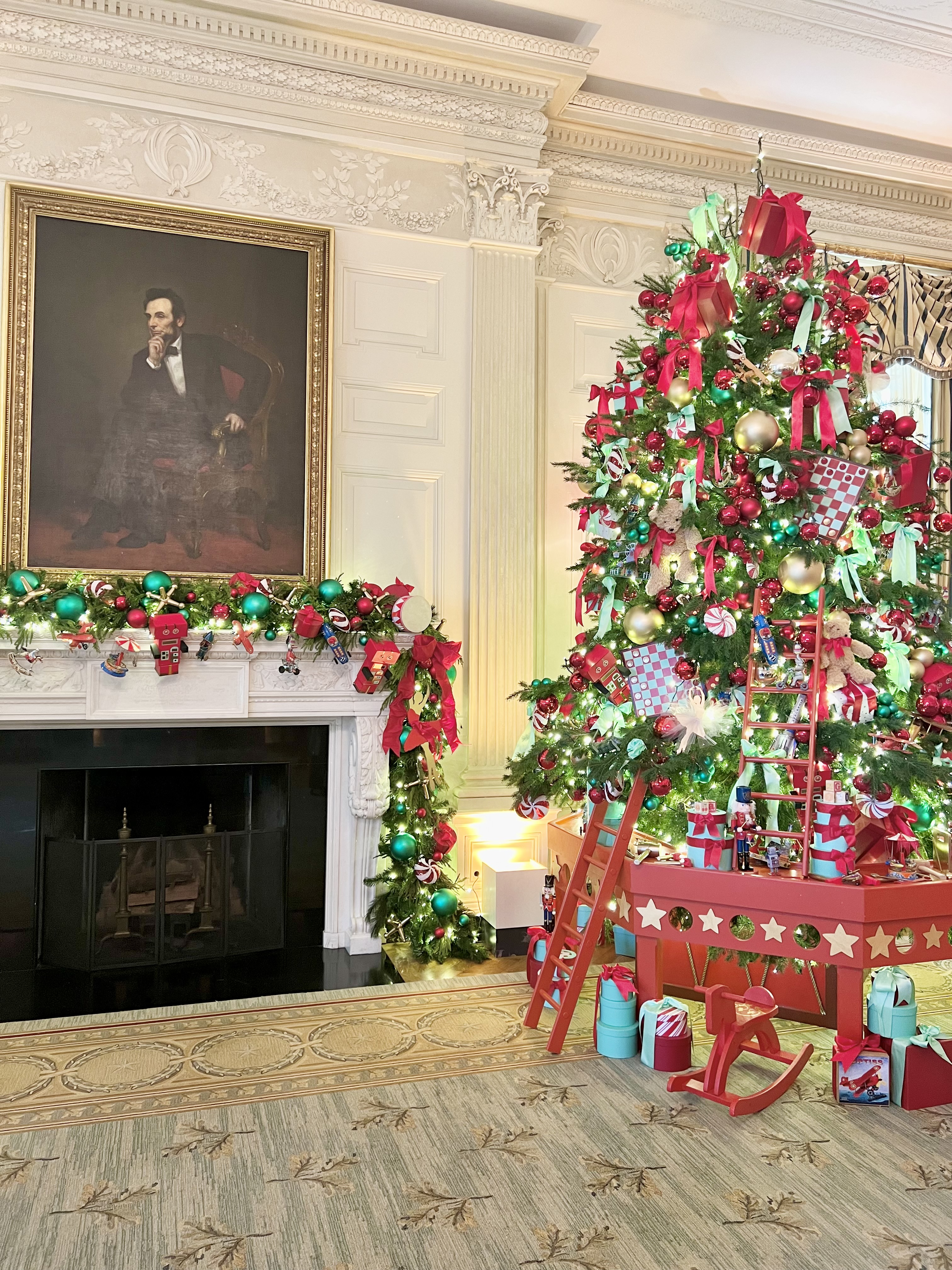
“The theme was Magic, Wonder and Joy, and based on the poem, ‘Twas the Night Before Christmas.’ It was the 200th anniversary, so it was very whimsical and child-like,” she says. “We just had to stick within that theme. And the Oval Office was fun, because we had ice cream cone ornaments, a train that went around the live tree and the White House chefs baked 100 chocolate chip cookies that were then wrapped and hung on the tree, so the President could hand those out as he has visitors coming through the Oval Office.”
Donohoe adds that the most challenging aspect of the project was being pretty much in the dark from the get-go.
“Most of my anxiety was that I had no idea what to expect or what I was going into at all,” she says. “As a designer, you want to be prepared and have a plan, and there was none. That was probably the scariest thing.
“The second-scariest thing is actually being in the West Wing. They have priceless antiques and artwork, and they tell you that you aren’t allowed to touch anything, so that’s a little nerve-wracking, just being in those spaces where something is priceless and you’re being watched by the Secret Service at all times.”
And while Donohoe and her team didn’t know the theme going into the three-day weekend, the White House was on point in making sure the interior designers had everything they’d need to decorate the Oval Office in line with the theme.

“They have an off-site warehouse that houses all of the decorations in it. Everything was actually pulled prior to us even arriving, so they have 11 semi-trucks full of Christmas decorations that were delivered to the White House,” she says, adding that about 70%-80% of the decorations were recycled from Christmas pasts.
They also had the task of incorporating the overall theme, but still being mindful of the unique space that is the Oval Office.
“The theme was very child-life, so the White House is very bright-colored and whimsical and has lots of candies,” she says. “The Oval Office was that same theme, but just toned down to meet the Oval Office’s aesthetic. Instead of bright pinks and teals, we used more reds and whites and golds, and the ice cream cones were white and gold, and we used amber colors, so it still fit within the themed but toned down.”
One thing she’ll certainly never forget, and something she can look back on with laughter now, took place withing the first 10 minutes of being at the White House. She was carrying a giant wreath out in a colonnade between the East and West wings, when one of the wreaths swung out and hit the ice cream cone ornaments, causing them to collide like dominoes.
“I broke the Oval Office ornaments,” she says, “and I’ll never forget that! Luckily, we didn’t use them all, so it wasn’t like we were missing a mass of ornaments because I broke them. But that was an ‘oh my gosh, I’m never getting invited back’ moment.”
More About Donohoe’s Design Experience
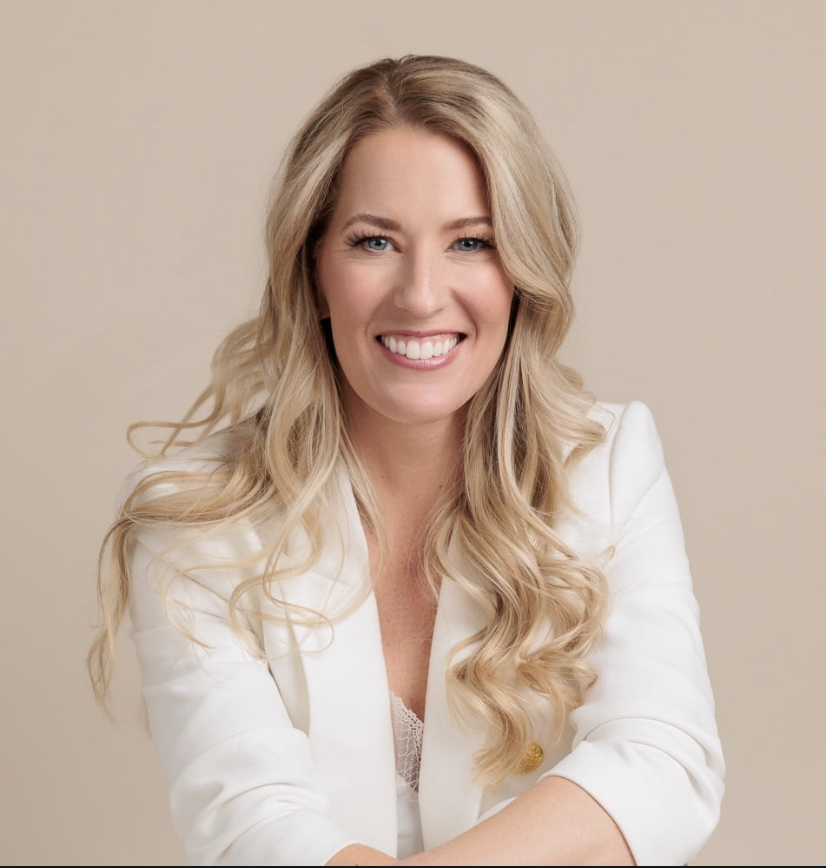 We loved Donohoe sharing her story with us, but we also wanted to know a little bit more about her interior design journey and experience in this industry. Check out the Q&A below:
We loved Donohoe sharing her story with us, but we also wanted to know a little bit more about her interior design journey and experience in this industry. Check out the Q&A below:
How long have you been an interior designer?
“I have been a designer for about 17 years, working on my own for about 10 years now.”
How did you end up in interior design?
“I was going to school for veterinary medicine and I bought a fixer-upper with my husband and fell in love with the process,” she says. “So, I switched degrees. I got a degree in interior design from The Art Institute of Raleigh–Durham.”
What project or accomplishment are you most proud of?
“There have been several where I’ve designed whole houses—completely gutted and started from scratch; rearranged floor plans. There’s been a couple of those that I’m pretty proud of. One of my most fun projects was a commercial property, where we converted a bank into offices and we were able to keep the bank vault.”
Is there a moment or experience in your career (a turning point) that helped build the trajectory of what your philosophy is on design?
“How I started was with my own home. We had a very old home and just kind of took the old, historic elements and made them more modern, but kept the aesthetic of the old, historic house and the charm. That’s probably what I love most—that historic molding, keeping those types of elements. As a designer, I love reinventing old houses to today’s lifestyles, but still keeping the charm. Style-wise, I’m more traditional with modern twists.”
What advise do you have for aspiring interior designers?
“Get real-world experience as much as you can; even if you go to school for it. I learned a lot of technical skills in school, but the real-life construction you just can’t learn anywhere else. You just have to go out and learn it, so get as much hands-on experience as you can.”
How do you stay inspired and informed about interior design, trends and techniques?
“Go to markets—furniture markets like High Point Market, Las Vegas Market, KBIS—all of those are so important for our industry, because: 1) they help us know what’s out there, and 2) it’s a world of inspiration. That’s honestly where I get most of my inspiration.”
Are there any specific skills essential to succeed in this business?
“You have to have a good eye, and I know that sounds generic, but you have to have a good eye and knowledge base of construction and what you’re doing. I think the hardest thing for most people to understand is scale of things, so you really have to have that eye and that ability to visualize.”
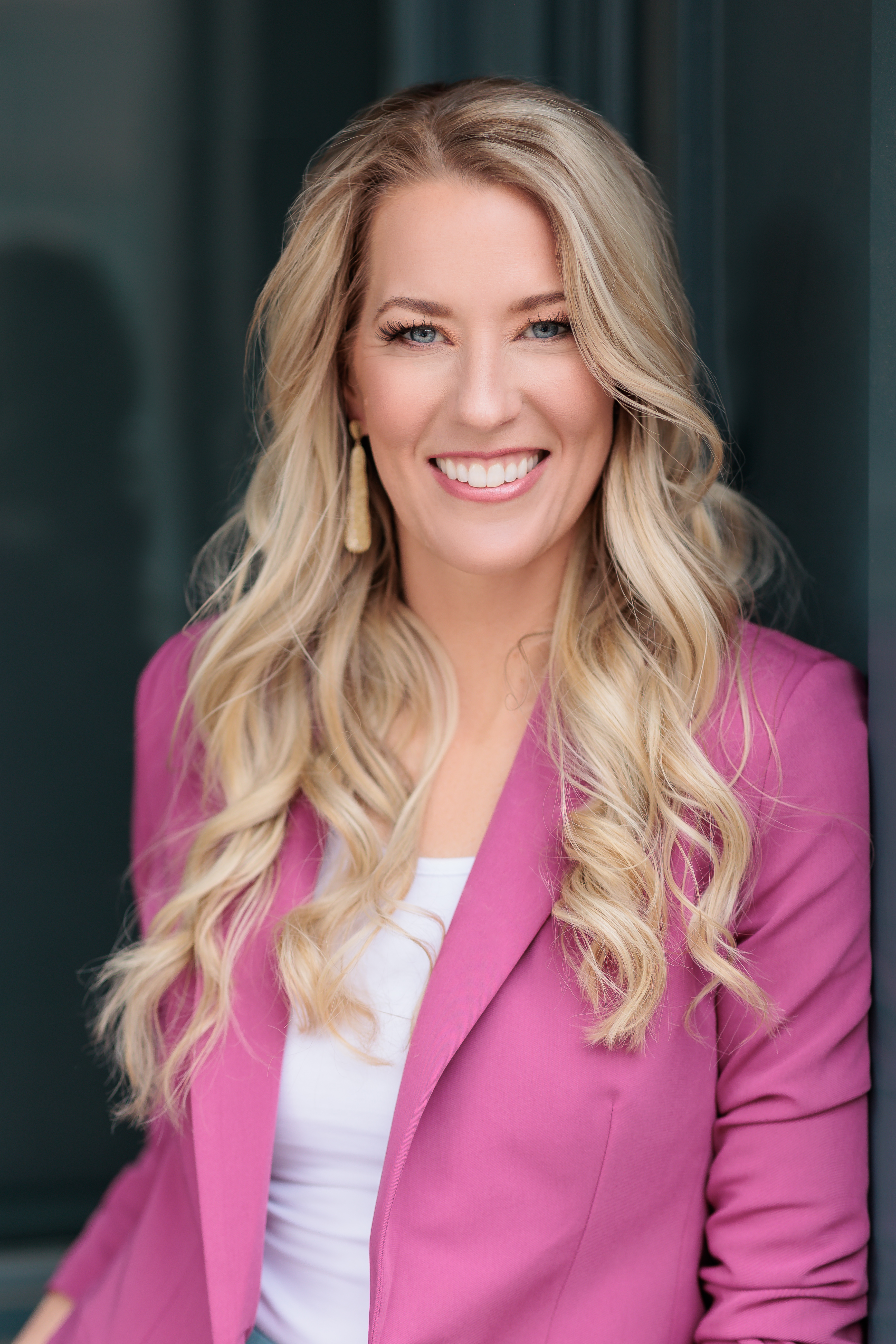 Laughter may not be the first thing we think of when it comes to Christmas, much less decorating the infamous Oval Office for Christmas. But, one talented interior designer was selected recently among more than 3,000 designers nationwide to help decorate President Joe Biden’s office this holiday season, and boy does she have a story to tell—and even one that’ll certainly make you laugh a little.
Laughter may not be the first thing we think of when it comes to Christmas, much less decorating the infamous Oval Office for Christmas. But, one talented interior designer was selected recently among more than 3,000 designers nationwide to help decorate President Joe Biden’s office this holiday season, and boy does she have a story to tell—and even one that’ll certainly make you laugh a little.
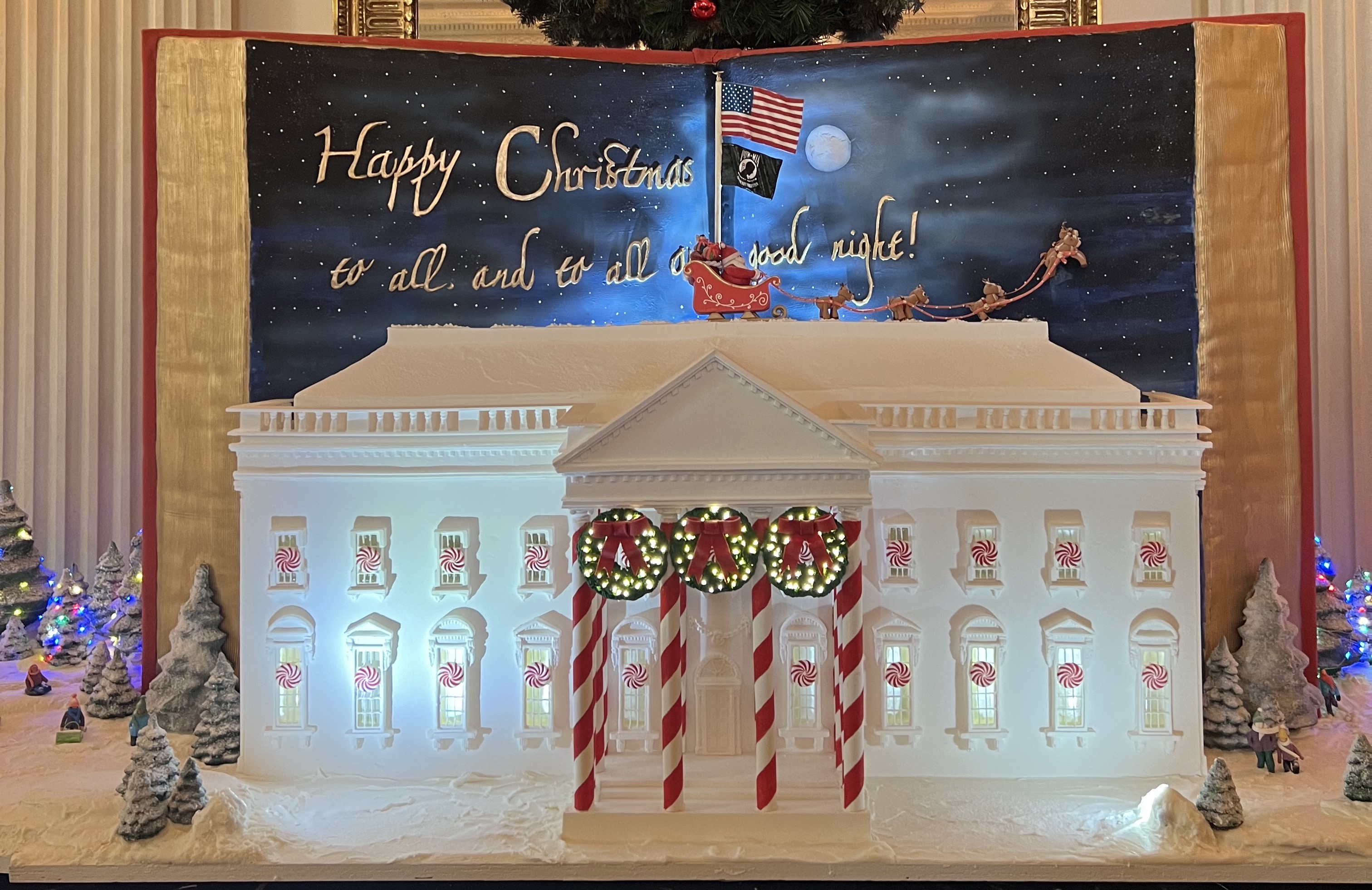

 Some Thoughts On… Nuance: Artificial Intelligence—AI
Some Thoughts On… Nuance: Artificial Intelligence—AI 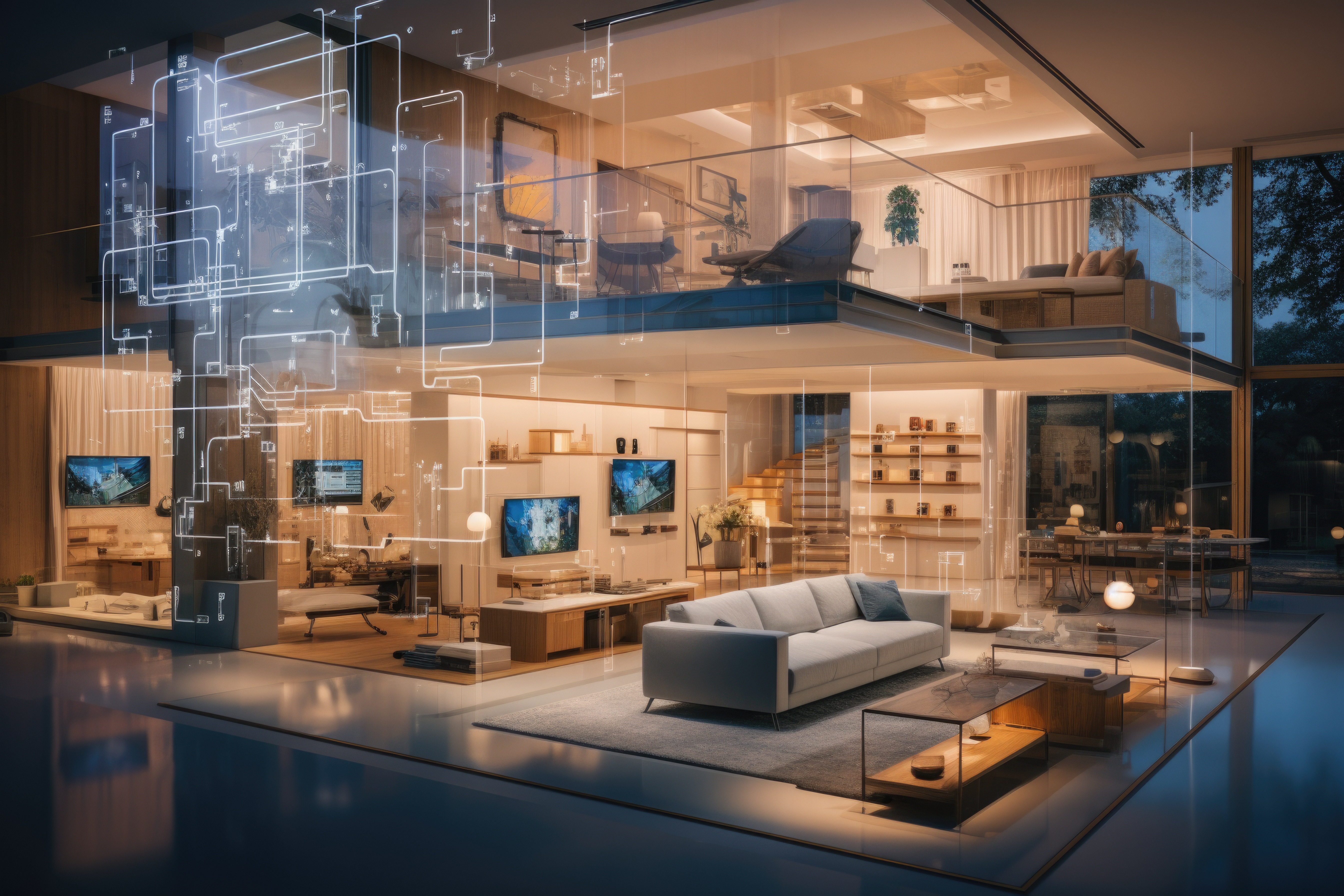
.jpg)
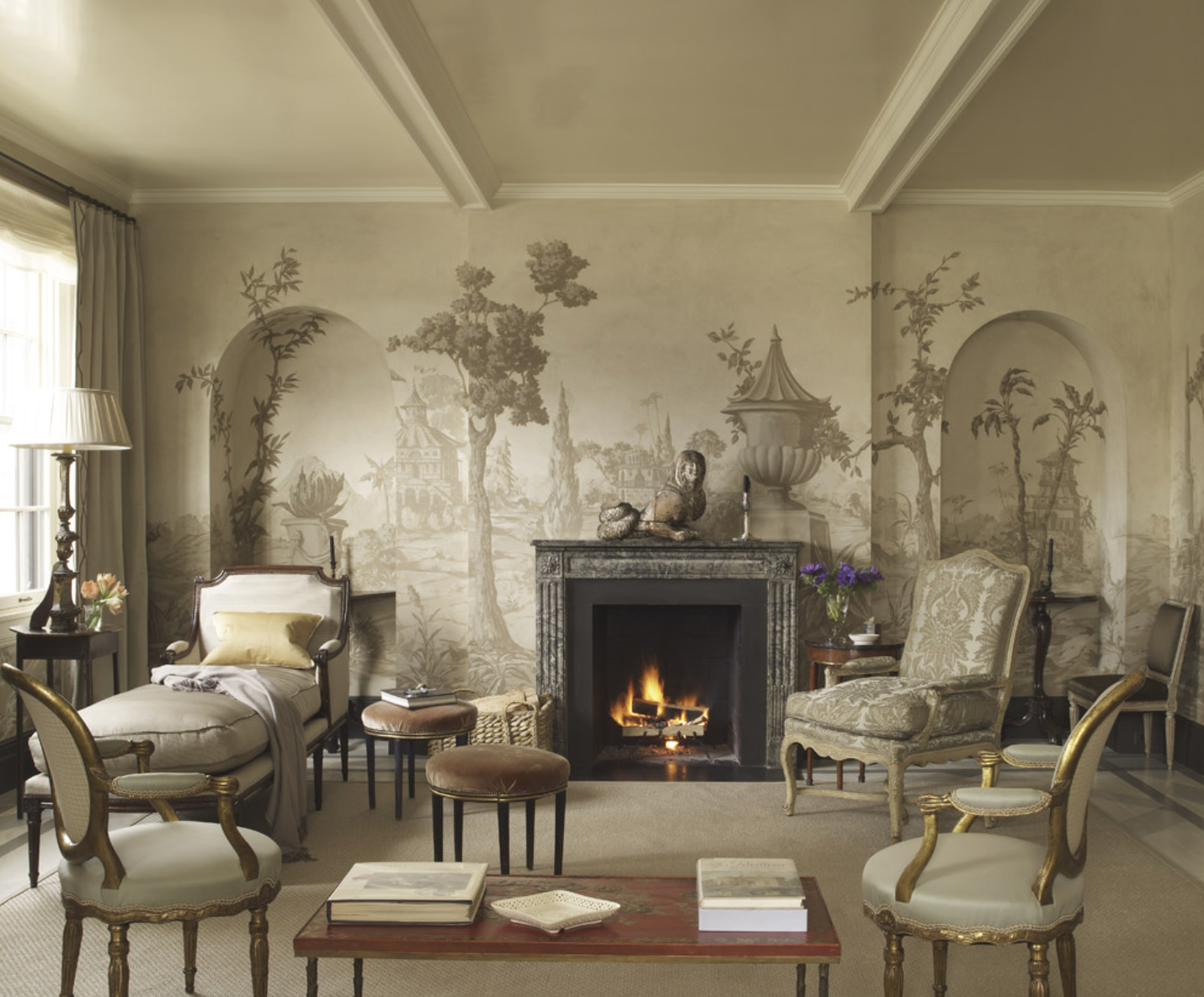
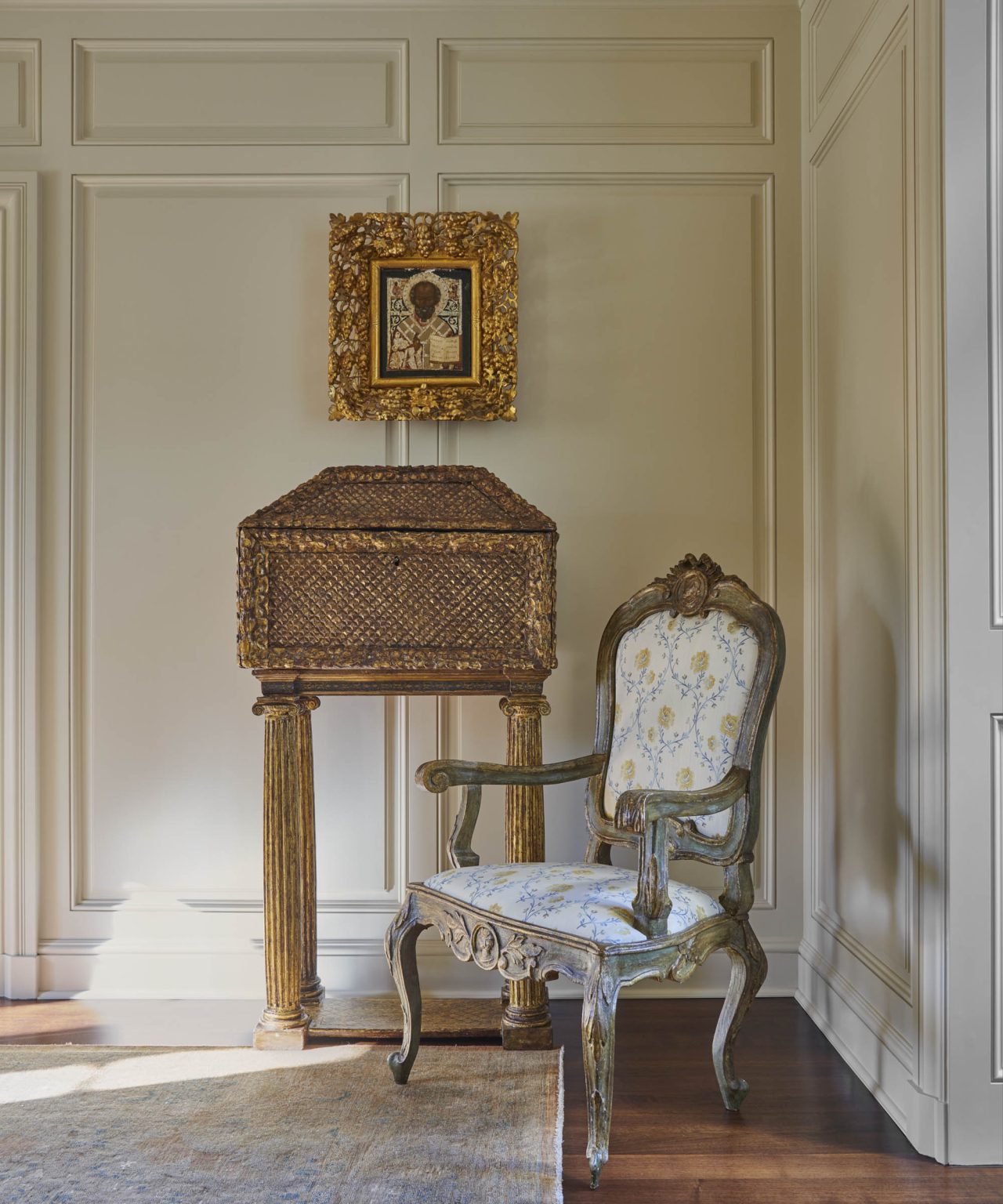 Rheinstein’s operative words are somewhat alliterative—choosing, carefully and considering—but they make an essential point: The devil is in the proverbial details. The nuanced decisions she made during her career elevated her rooms, for which she found herself on the AD 100 and Elle Decor’s A-List year after year. Her carefully honed aesthetic vision gives us insight into the future of design in the age of AI because while it may be true that a software program can choose color palettes or organize floorplans, it’s the nuanced details arrived at through years of experience working as a designer that artificial intelligence misses—at least for now.
Rheinstein’s operative words are somewhat alliterative—choosing, carefully and considering—but they make an essential point: The devil is in the proverbial details. The nuanced decisions she made during her career elevated her rooms, for which she found herself on the AD 100 and Elle Decor’s A-List year after year. Her carefully honed aesthetic vision gives us insight into the future of design in the age of AI because while it may be true that a software program can choose color palettes or organize floorplans, it’s the nuanced details arrived at through years of experience working as a designer that artificial intelligence misses—at least for now.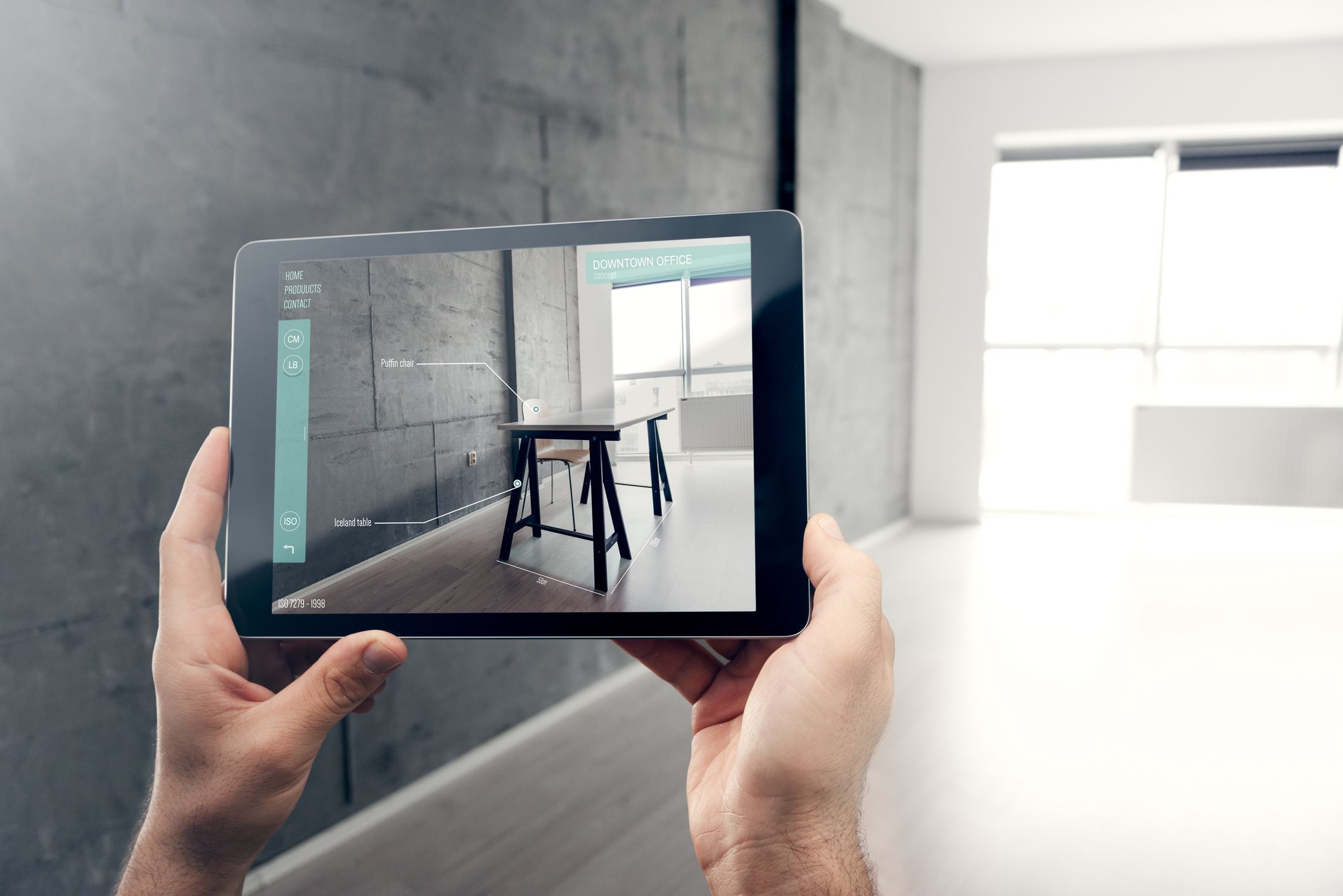
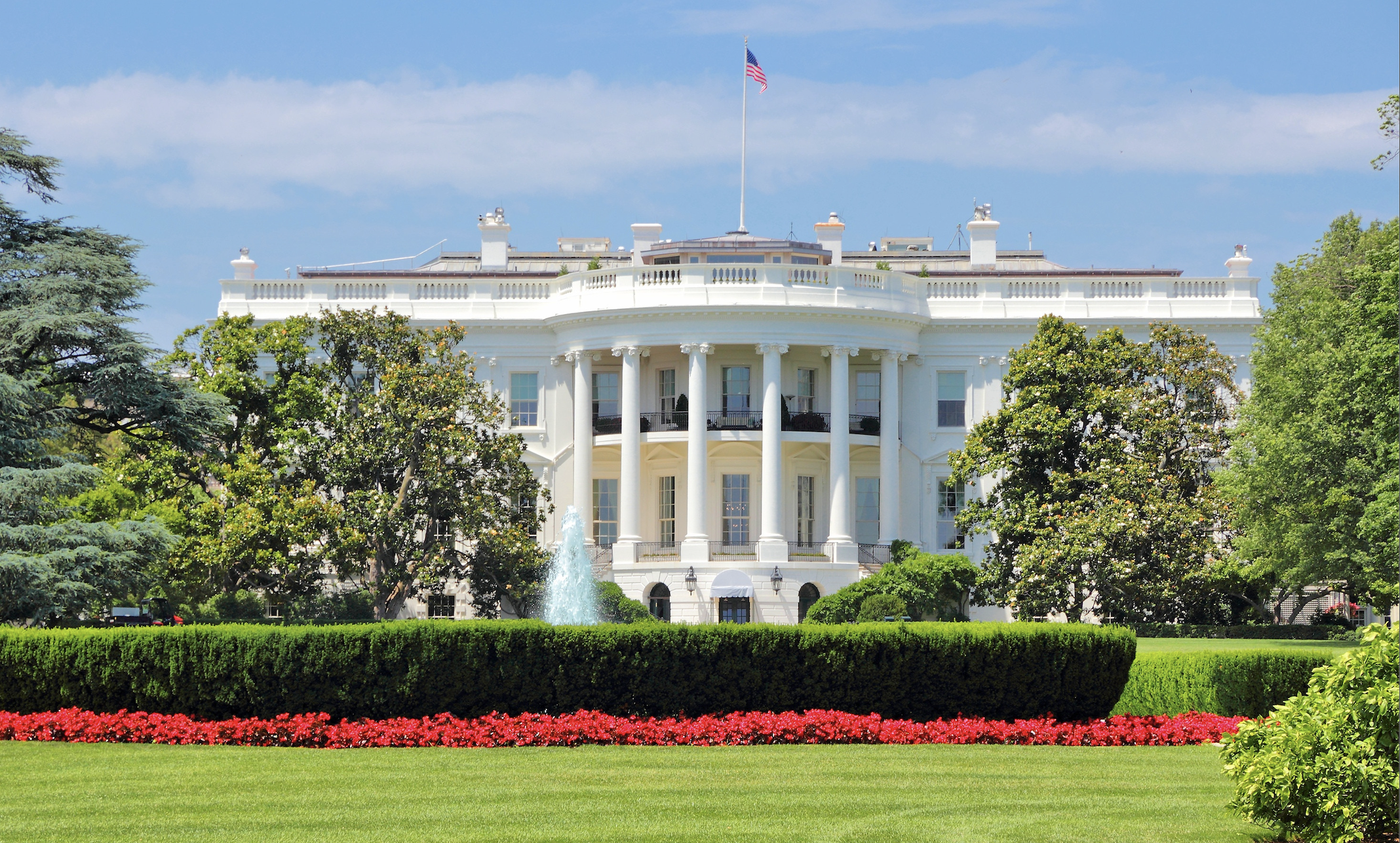
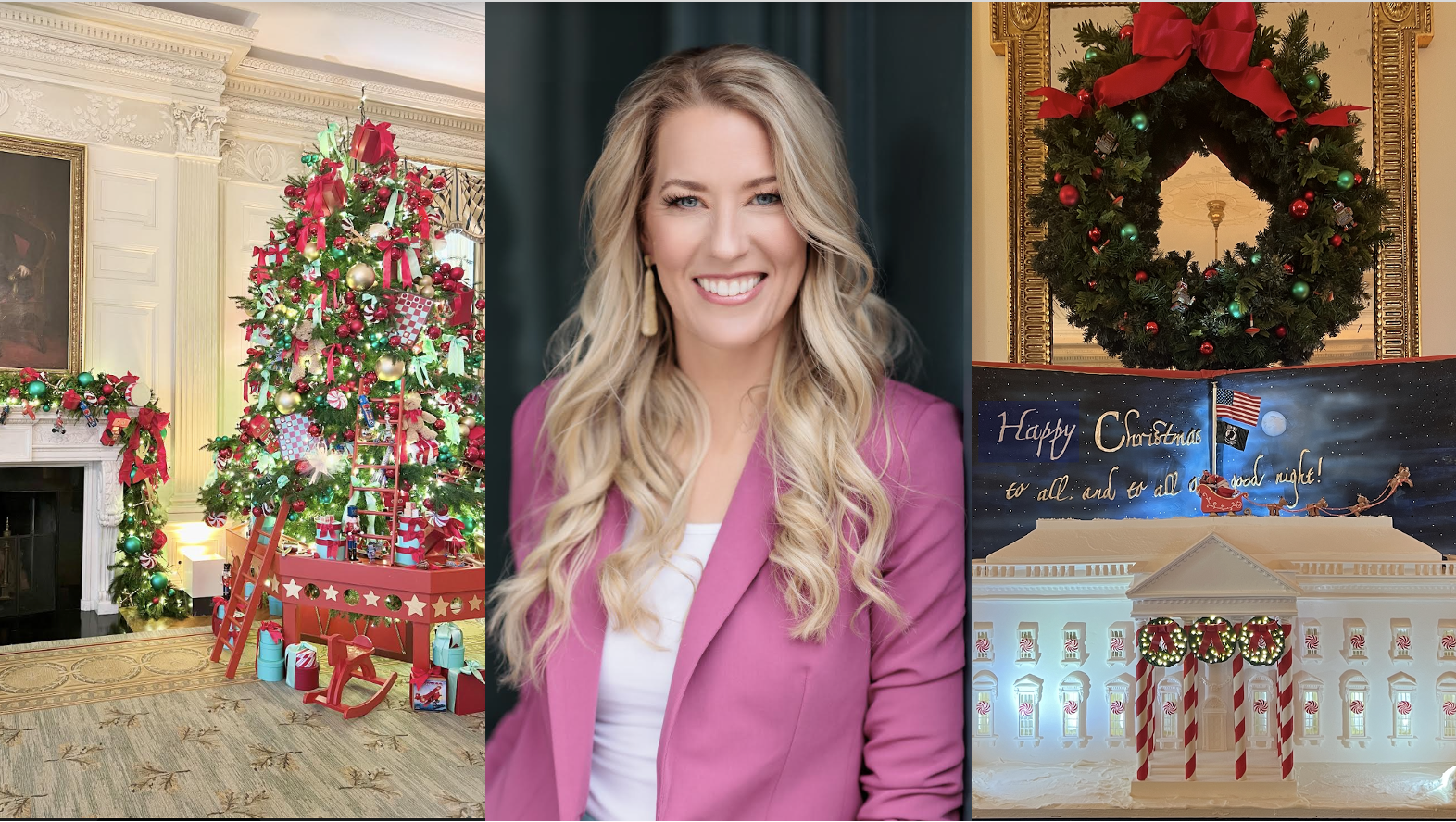
 “The theme was Magic, Wonder and Joy, and based on the poem, ‘Twas the Night Before Christmas.’ It was the 200th anniversary, so it was very whimsical and child-like,” she says. “We just had to stick within that theme. And the Oval Office was fun, because we had ice cream cone ornaments, a train that went around the live tree and the White House chefs baked 100 chocolate chip cookies that were then wrapped and hung on the tree, so the President could hand those out as he has visitors coming through the Oval Office.”
“The theme was Magic, Wonder and Joy, and based on the poem, ‘Twas the Night Before Christmas.’ It was the 200th anniversary, so it was very whimsical and child-like,” she says. “We just had to stick within that theme. And the Oval Office was fun, because we had ice cream cone ornaments, a train that went around the live tree and the White House chefs baked 100 chocolate chip cookies that were then wrapped and hung on the tree, so the President could hand those out as he has visitors coming through the Oval Office.” “They have an off-site warehouse that houses all of the decorations in it. Everything was actually pulled prior to us even arriving, so they have 11 semi-trucks full of Christmas decorations that were delivered to the White House,” she says, adding that about 70%-80% of the decorations were recycled from Christmas pasts.
“They have an off-site warehouse that houses all of the decorations in it. Everything was actually pulled prior to us even arriving, so they have 11 semi-trucks full of Christmas decorations that were delivered to the White House,” she says, adding that about 70%-80% of the decorations were recycled from Christmas pasts.
